How To Grow Summer Squash For A Bountiful Harvest
Introduction
Summer squash is a delicious and versatile vegetable that is easy to grow. With a little planning and care, you can enjoy a bountiful harvest of summer squash all summer long.
In this blog post, I will share some tips on how to grow summer squash successfully. I will cover everything from choosing the right variety to harvesting your crop.
Choosing the Right Variety
There are many different varieties of summer squash, so it is important to choose one that is right for your climate and growing conditions. Some popular varieties include zucchini, yellow crookneck, and pattypan.
When choosing a variety, consider the following factors:
- Climate: Some varieties are better suited for warm climates, while others are more tolerant of cold weather.
- Growing conditions: Some varieties need full sun, while others can tolerate some shade.
- Harvest time: Some varieties mature quickly, while others take longer to produce fruit.
Preparing the Soil
Summer squash prefers rich, well-drained soil. Before planting, amend the soil with compost or manure. This will help to improve the drainage and fertility of the soil.
Planting the Seeds
Summer squash seeds can be direct-seeded in the garden or started indoors. If you are direct-seeding, wait until the soil temperature has reached at least 60 degrees Fahrenheit.
To plant the seeds, sow them 1/2 to 1 inch deep and 2 to 3 inches apart. Space the rows 3 to 4 feet apart.
Watering and Fertilizing
Summer squash needs regular watering. Water the plants deeply and evenly, especially during hot, dry weather.
Fertilize the plants every few weeks with a balanced fertilizer. You can use a liquid fertilizer or a granular fertilizer.
Pests and Diseases
Summer squash is susceptible to a few pests and diseases, such as squash bugs, powdery mildew, and vine borers. If you see any signs of pests or diseases, take action immediately to control them.
Harvesting
Summer squash is best harvested when it is young and tender. The fruits should be picked when they are about 6 to 8 inches long.
To harvest, use a sharp knife to cut the fruits from the vine. Be sure to leave a few inches of stem attached to the fruit.
Storing
Summer squash can be stored in the refrigerator for up to a week. You can also freeze summer squash for later use.
Conclusion
Growing summer squash is a rewarding experience. With a little planning and care, you can enjoy a bountiful harvest of this delicious and versatile vegetable all summer long.
If you're interested in learning more about growing summer squash, I recommend visiting Garden Wiki. This website has a wealth of information on the topic, including planting instructions, care tips, and recipes.
FAQ of growing summer squash
- When is the best time to plant summer squash?
Summer squash is a warm-season crop, so it should be planted after the last frost date in your area. In most parts of the country, this is in late spring or early summer.
- What kind of soil do summer squash need?
Summer squash needs well-drained soil that is rich in organic matter. The soil pH should be between 6.0 and 6.5.
- How much sun do summer squash need?
Summer squash needs at least 6 hours of full sun per day.
- How far apart should summer squash plants be planted?
The spacing of summer squash plants depends on the variety. Bush varieties should be spaced 2-3 feet apart, while vining varieties should be spaced 3-4 feet apart.
- How do I water summer squash plants?
Summer squash plants need consistent moisture, but they should not be overwatered. Water them deeply once a week, or more often during hot, dry weather.
- How do I fertilize summer squash plants?
Summer squash plants benefit from a side-dressing of compost or well-rotted manure. You can also apply a balanced fertilizer once a month during the growing season.
- How do I know when to harvest summer squash?
Summer squash should be harvested when they are young and tender. The skin should be soft and the seeds should be small and soft.
- What are some common pests and diseases of summer squash?
Summer squash can be susceptible to pests such as squash bugs, cucumber beetles, and powdery mildew. Diseases that can affect summer squash include vine wilt, mosaic virus, and bacterial wilt.
- How do I prevent pests and diseases on my summer squash plants?
There are a number of things you can do to prevent pests and diseases on your summer squash plants. These include:
* Planting resistant varieties
* Rotating crops
* Staking plants to keep them off the ground
* Watering in the morning to prevent the leaves from staying wet
* Removing any infected plants
Image of growing summer squash
10 different images of growing summer squash that are free to use:
- Summer squash plant with yellow flowers.
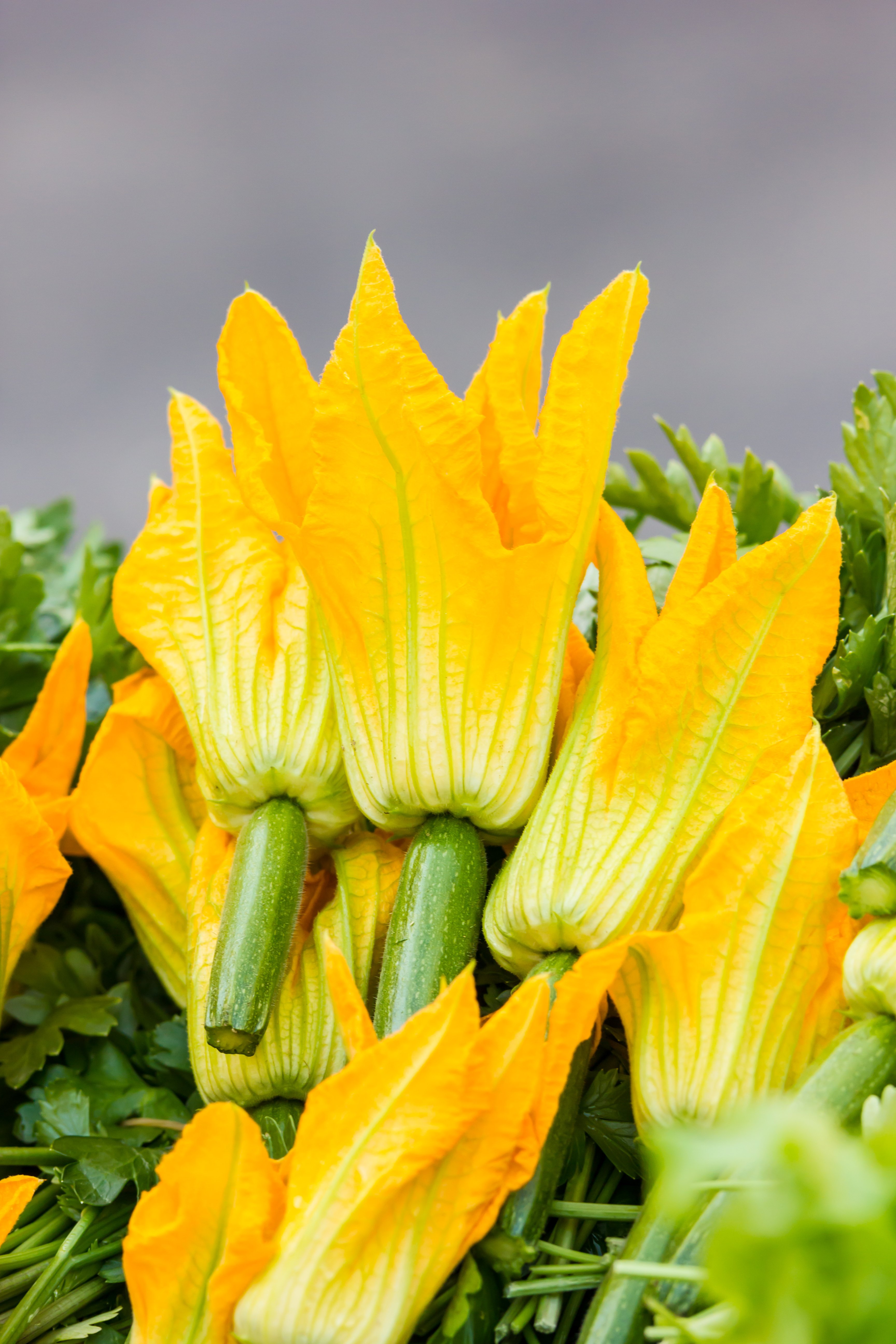
- Summer squash plant with green fruits.
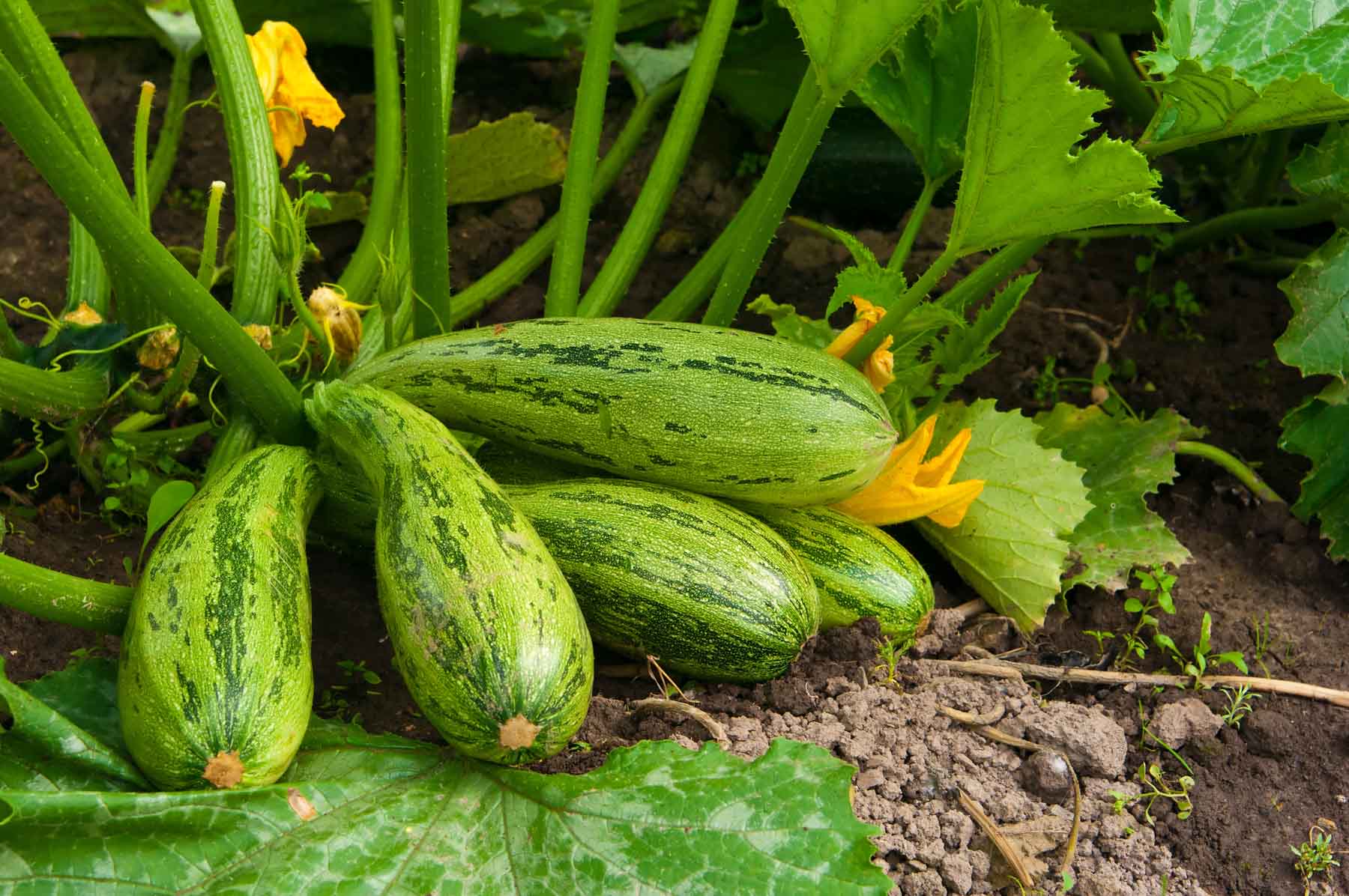
- Summer squash plant with white fruits.

- Summer squash plant with striped fruits.

- Summer squash plant with baby squash.

- Summer squash plant with flowers and fruits.
- Summer squash plant growing in a garden.
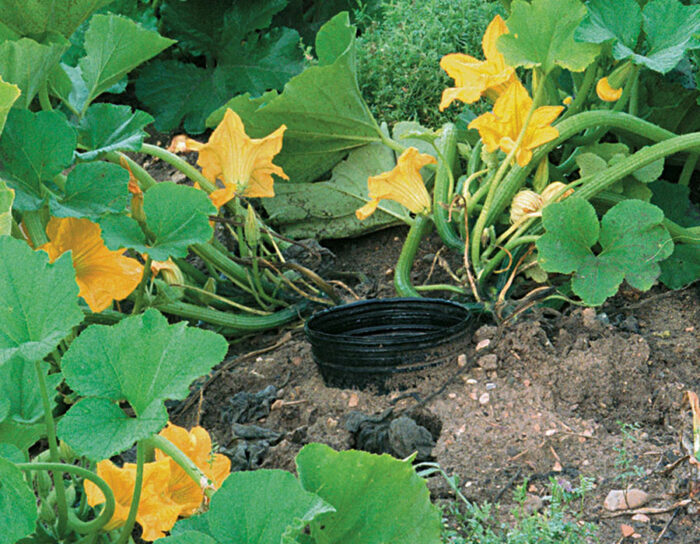
- Summer squash plant being harvested.
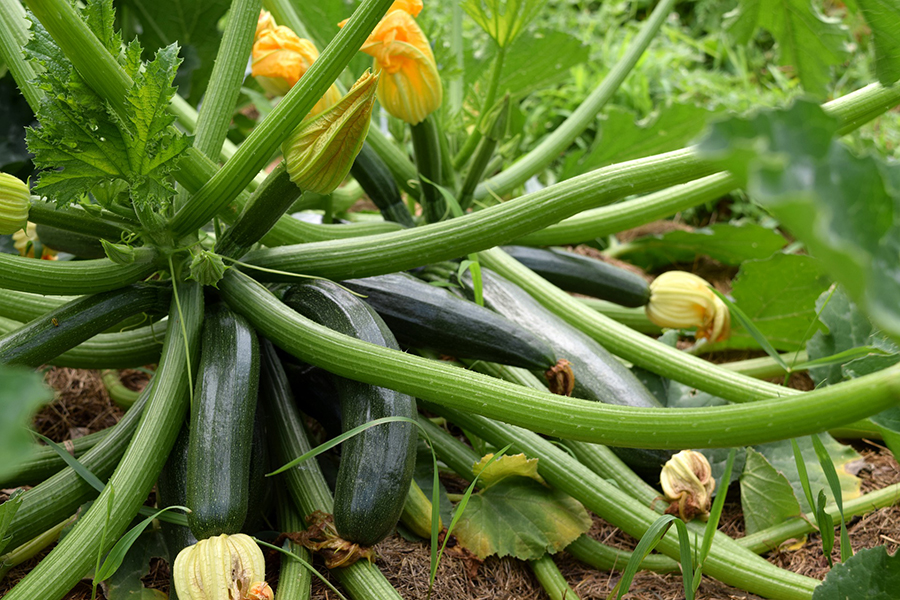
- Summer squash fruits being cooked.
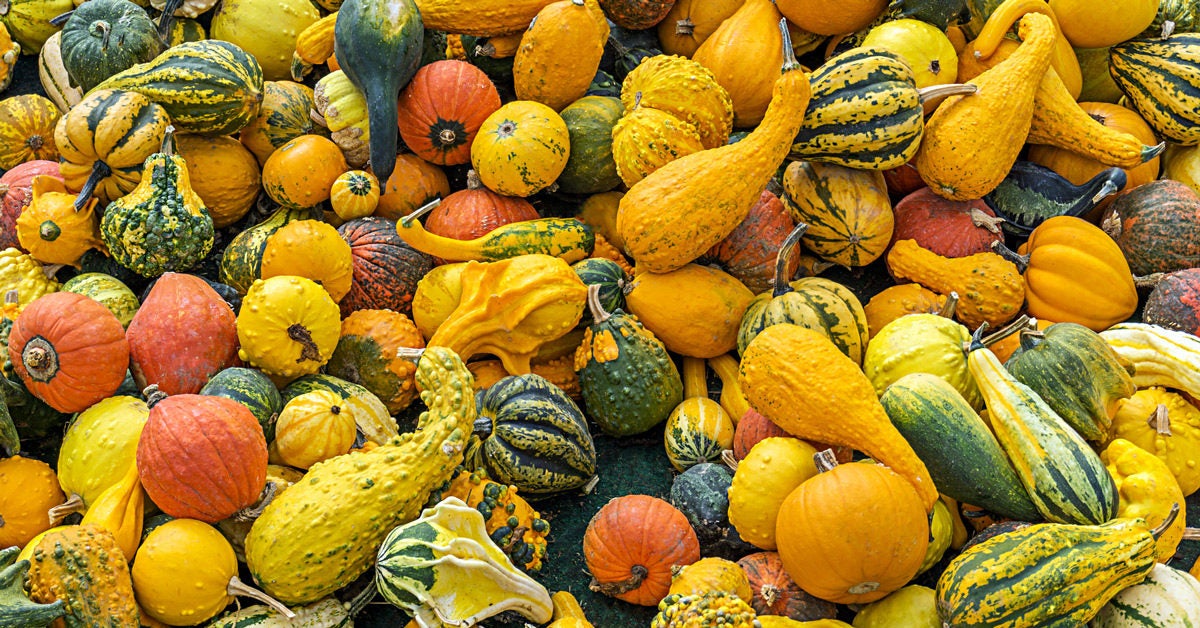
- Summer squash salad with tomatoes and cucumbers.

Post a Comment for "How To Grow Summer Squash For A Bountiful Harvest"